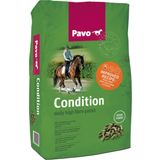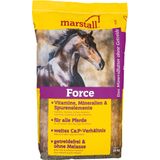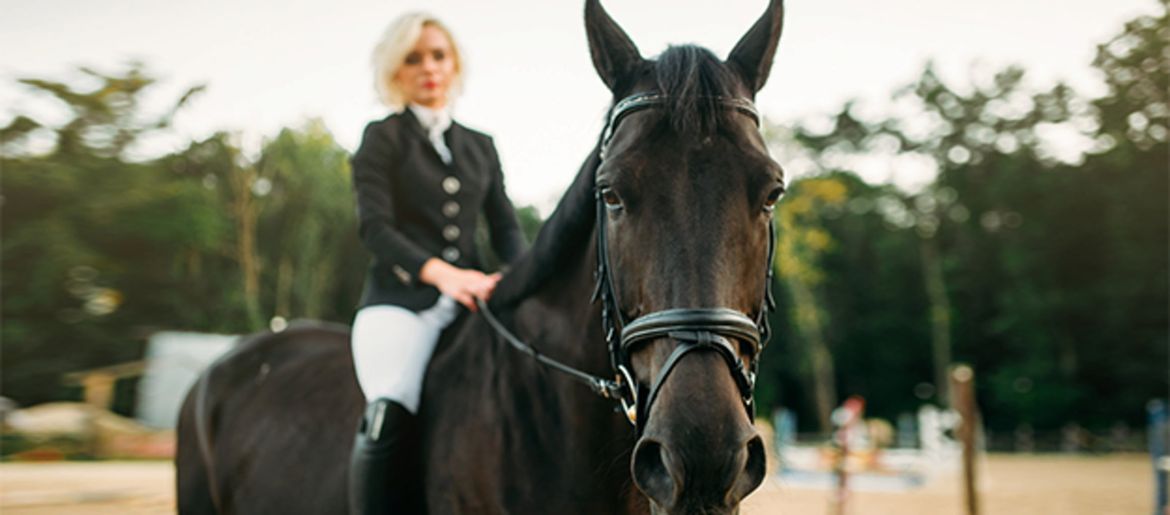Better Balance & Agility While Riding
Riding is a physically demanding activity that does require physical conditioning. While making sure your muscles are ready for your workout is important, agility and balance also play a large role in the success of your ride.
Not all exercise is equal
Exercising regularly is always a good idea! Not all kinds of exercise translate to the riding arena though. You could be an amazing runner or footballer but strength and endurance on the track don't help you stay balanced in the saddle. Aim for targeted exercises that can help!
Address specific challenges
Riders must be able to move their legs regardless of their hips. This is a skill that is not needed in most other sports, so it does need to be practiced using exercises that specifically address this need.
Recommended exercises:
Here are three exercises we recommend for improving your balance and agility:
Exercise 1: stretching the back and thighs
Since many of us have office jobs where we sit all day, we tend to suffer from lower back pain or stiff thighs. When you sit often, the muscles in your thighs stiffen and shorten, which is not ideal for riding. Make sure to loosen up these muscles regularly.
Exercise: stand upright, legs shoulder width apart, with your arms hanging loosely. Extend your knees and then slowly walk forward with your torso straight for as far as possible. Try to keep your back straight and your head in line with your spine.
Hold the position for around ten seconds and then start to rock back and forth for another 20 seconds. Do Before and after riding, holding the position for 30 seconds after your ride.
Exercise 2: basic push-up position / extended forearm support
Riders need a strong core. Plank position or push up position is an excellent exercise to strengthen your core as it emphases your stomach and upper back.
Exercise: start in classic push-up position with your arms shoulder width apart. Keep your shoulders over your hands. Your body should form a straight line from head to toe, keeping your pelvis strong and avoiding sagging. Hold for 20 seconds, then take a short break and repeat the exercise two to three times.
If the exercise gets too easy, you can increase the time you hold the pose. Alternatively, you can more one knee towards your shoulder, taking turns on each side. This activates the diagonal muscles in the abs.
Exercise 3: Quadruped Opposite Arm & Leg Raise
This exercise is ideally suited to optimally challenge the whole back and improve the suppleness of your muscles in and spinal flexibility.
Exercise: start on all fours with your shoulders over your wrists and your hands pointing forward. Stretch one arm forwards as you move the opposite leg backwards. Hold the position for two seconds and then bring the knees and elbows together under the body in a crunch. Hold for four seconds, rounding your back. Then switch sides. Repeat this exercise six to nine times.
Latest reviews
-
 € 28,99 (€ 1,45 / kg)
€ 28,99 (€ 1,45 / kg)Delivery by January 07
-
 4.8 (17)
4.8 (17)Marstall Force, 20 kg
- Minerals, trace elements, vitamins
- A high Ca:P proportion
- For all horses
€ 66,99 (€ 3,35 / kg)Delivery by January 16
-
 € 12,92 € 13,69 (€ 64,60 / l)
€ 12,92 € 13,69 (€ 64,60 / l)Delivery by January 07
-
 5.0 (1)
5.0 (1)Excellent Horse Wintermix, 1 kg
- Including rosehip, thyme & chamomile flowers
- To support metabolism & digestion
- Easy to dose
€ 29,99 (€ 29,99 / kg)Delivery by January 07
